TOPICS Initiatives of the Japanese national government

Introducing initiatives of the Japanese national government to support Japan’s realization of carbon neutrality by 2050.
Detailed Category
Creating a Net Zero Carbon Society – Introduction of “Decarbonization Leading Areas”
In Japan, towards the target of net-zero emissions by 2050, we are promoting regional decarbonization that maximizes the use of local resources such as renewable energy, circulates the economy, simultaneously solves regional issues, and contributes to regional revitalization. In order to achieve this target, we will select at least 100 “Decarbonization Leading Areas” that aim to achieve net-zero emissions by FY 2030. In this way, we will solve local issues in various regions such as farming villages, mountain villages, fishing villages, remote islands, and urban areas, and show the direction of efforts toward decarbonization while improving the quality of life of residents, and achieve decarbonization in many regions before 2050.

-
Hokkaido Block
-
Tohoku Block
-
Kanto Block
-
Chubu Block
-
Kinki Block
-
Chugoku Block
-
Shikoku Block
-
Kyushu・Okinawa Block
Representative efforts of each block
-
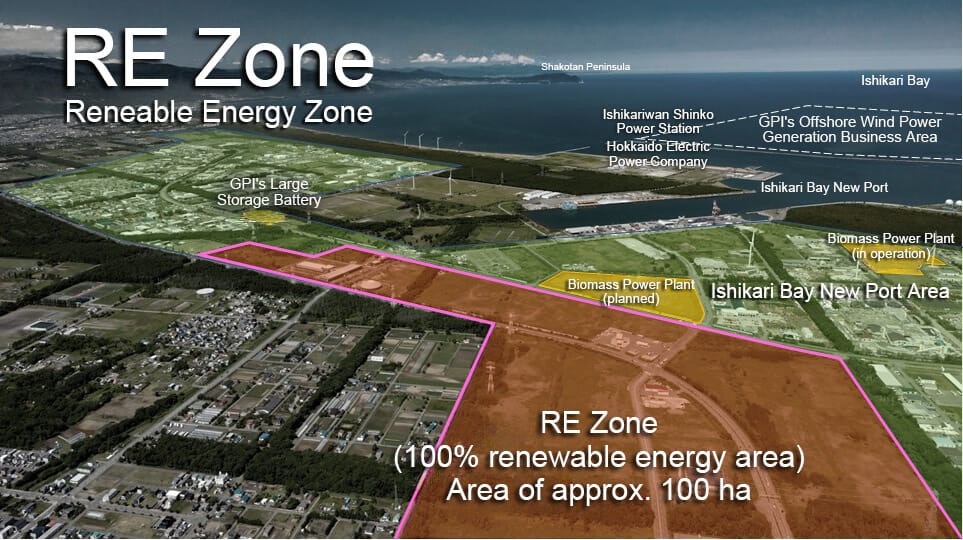
Ishikari City,
HokkaidoRedesigning the area through Local production /use of renewable energy and decarbonization
-
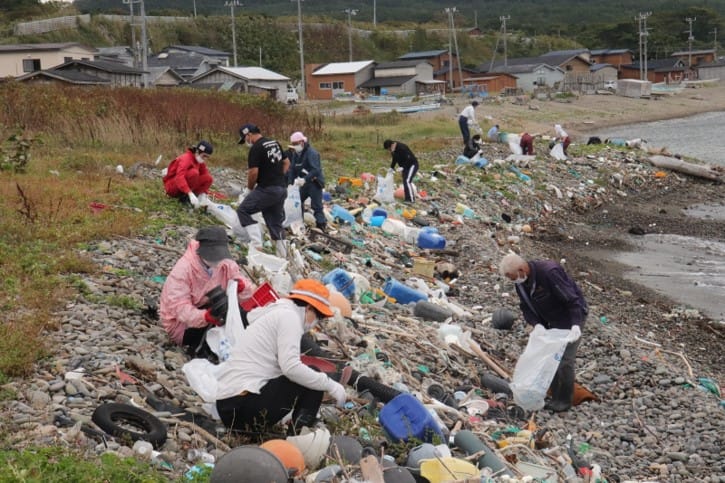
Sai Village,
Aomori PrefectureThe smallest and most charming fishing village in Japan challenging itself to achieve zero carbon emissions
: A local recycling-type platform based on the fishing industry -
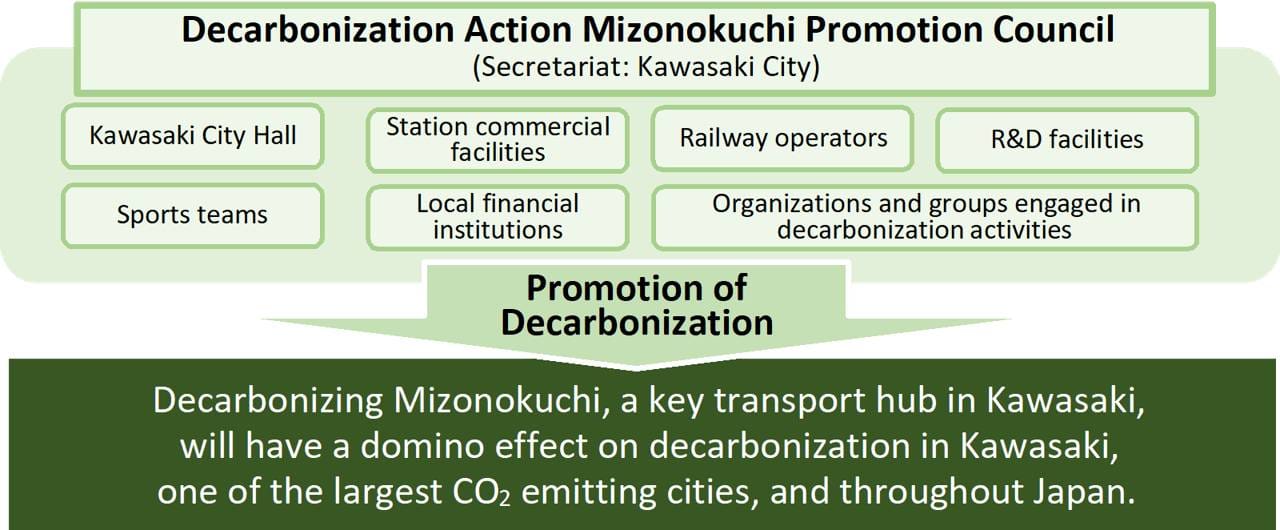
Kawasaki City,
Kanagawa
PrefectureAction for decarbonization by the city with the largest CO2 emissions, starting from the Mizonokuchi key transportation hub for Kawasaki City
-
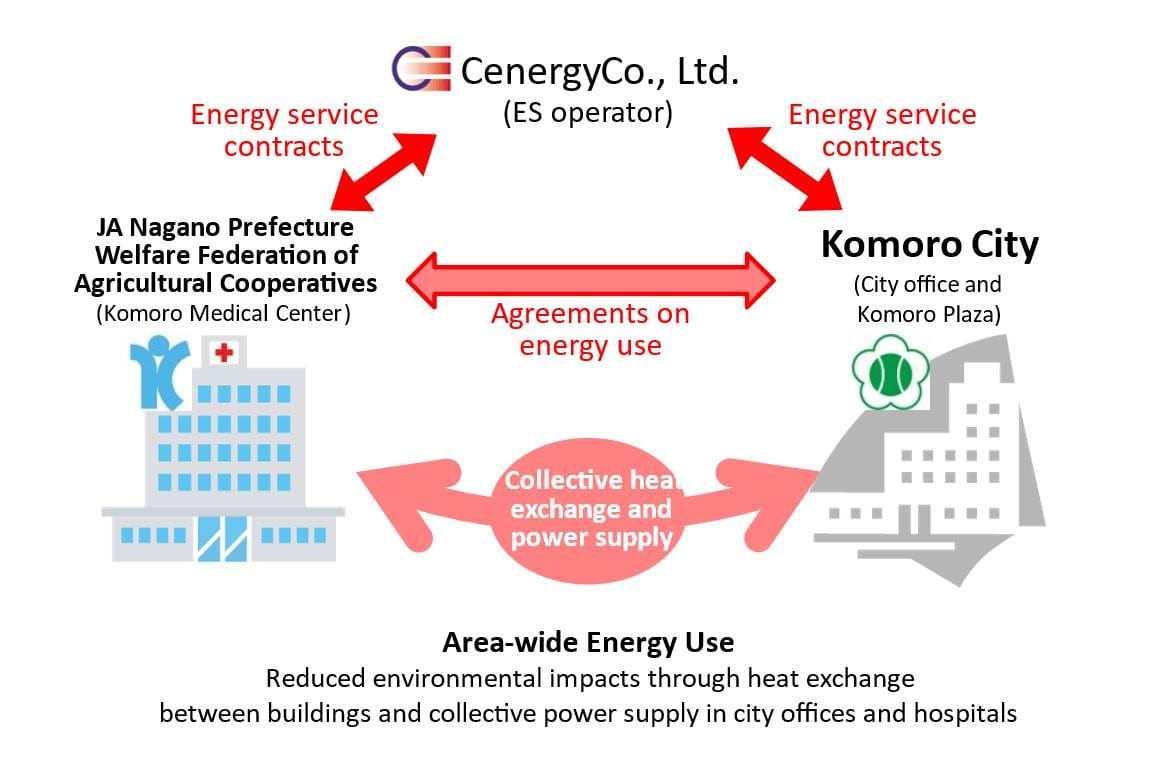
Komoro City,
Nagano PrefectureEveryone working together to create Zero Carbon Komoro – a good city for everyone
: A sustainable and vibrant local Komoro City Model for the transition from low-carbon city development to zero-carbon city development -
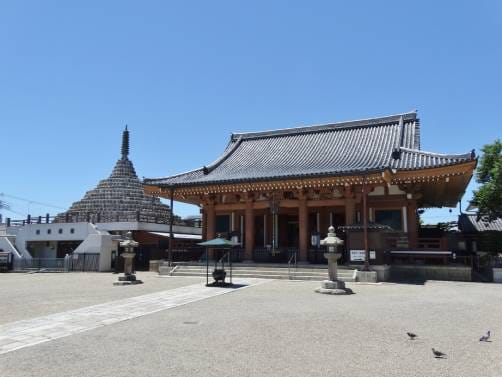
Kyoto City
Zero-Carbon Old Capital Model for improving local area strength through Kyoto culture and decarbonizing lifestyles
-
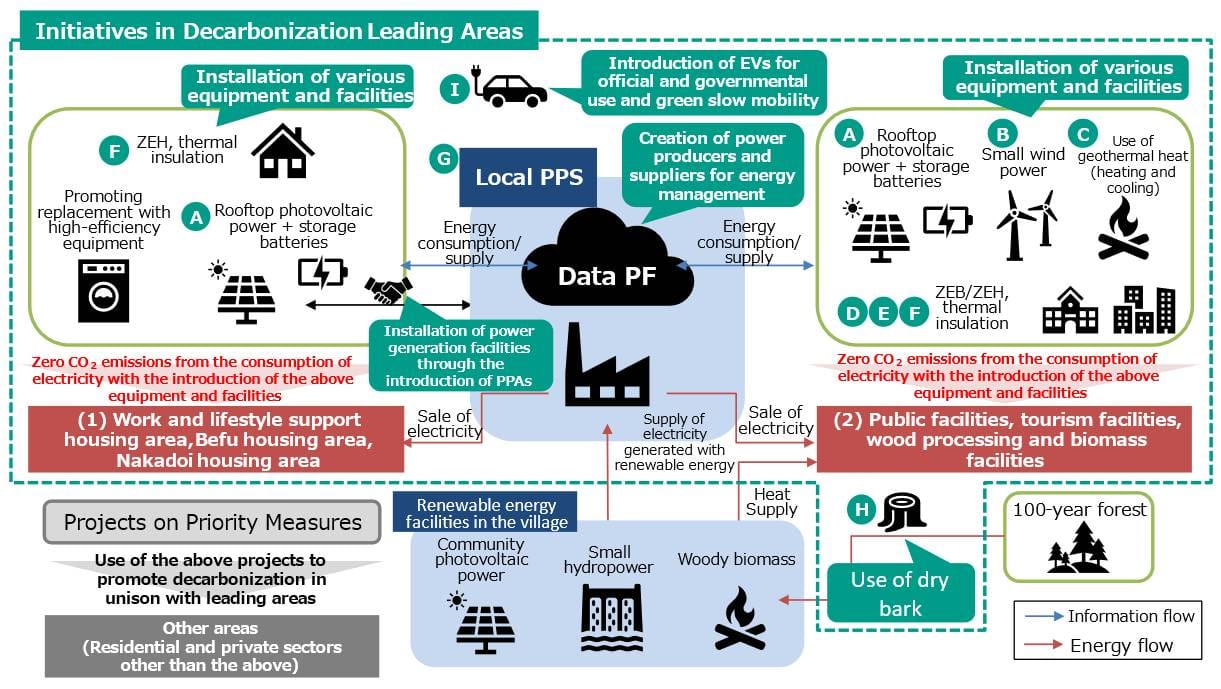
Nishiawakura Village,
Okayama PrefectureDecarbonization leading area project covering the entire village for 2050 : “Enjoy Living”
-

Kitagawa Village,
Kochi PrefectureKitagawa Village decarbonization project aimed at constructing a model for a “sustainable village of 1,000 people”
-
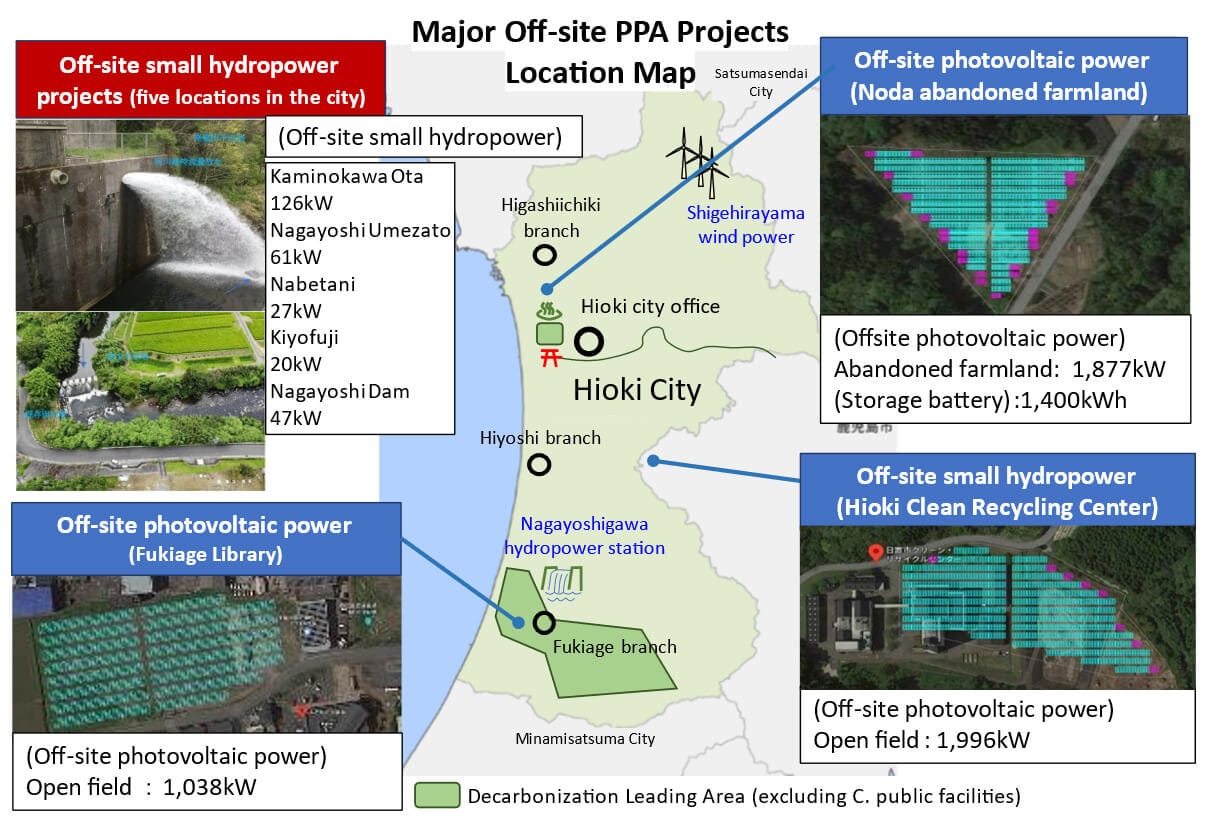
Hioki City,
Kagoshima PrefectureDevelopment of a new microgrid and creation of a model for low head small hydroelectric power generation
: Hioki City challenge to be a center for renewable energy human resources
Decokatsu
-

Decokatsu (National Movement for New and Prosperous Lifestyles toward Decarbonization)
"Decokatsu" is the nickname of the new national movement which was created by combining “de” from decarbonization, "eco" from eco-friendly, and "katsu" meaning activity and life in Japanese.
Japan launched the new national movement "Decokatsu" to encourage the public and consumers to change their behavior and lifestyles toward the achievement of the 2030 GHG emission reduction target and carbon neutrality in 2050. This movement presents an overall picture of people's future lives including clothing, food, housing, employment, transportation, and shopping, and proposes "Newly Prosperous Lifestyles toward Decarbonized Society in 10 years." For this purpose, we are carrying out initiatives to create prosperous lives for people that will lead decarbonization in cooperation with local governments, companies, organizations, and others. Through "Decokatsu," we will stimulate new consumption and behavior, and create demand for decarbonized products and services in Japan and overseas.
Restoration in Fukushima
-

12 years have passed.
Fukushima, to the next environmental stage.12 years have passed since the Great East Japan Earthquake.
Here we introduce Fukushima “today”, where reconstruction is steadily progressing.Summer festival in Okuma, 2023 Fukushima environmental rebranding campaign Respect for the natural environment and environmental education through sake production. The Great East Japan Earthquake and the subsequent accident at TEPCO‘s Fukushima Daiichi Nuclear Power Station (TEPCO’s FDNPS) released a large amount of radioactive materials into the atmosphere, making a significant impact on environment over a wide area and forcing many residents to evacuate.
Over the past 12 years, with warm and continuous support of many people, the Ministry of the Environment, Japan (MOEJ) has been engaged in environmental restoration projects such as decontamination on a scale and with methods that are unprecedented in the world. Working towards its final disposal outside Fukushima Prefecture, we are developing technology to reduce the volume of removed soil and waste arising from decontamination work, and are implementing demonstration projects for recycling.
In order to safely and steadily proceed with the decommissioning of TEPCO’s FDNPS, it is essential to dispose the ALPS treated water that is stored on the plant’s it’s premises. The discharge of ALPS treated water into the ocean began in August 2023. The MOEJ is conducting offshore environmental monitoring to confirm the status of radioactive materials in the environment.
In Fukushima, the evacuation orders have been lifted one by one, and progress is being made in environmental restoration, town development and the promotion of new industries. Fukushima is continuing to evolve from its disaster past into the future.
